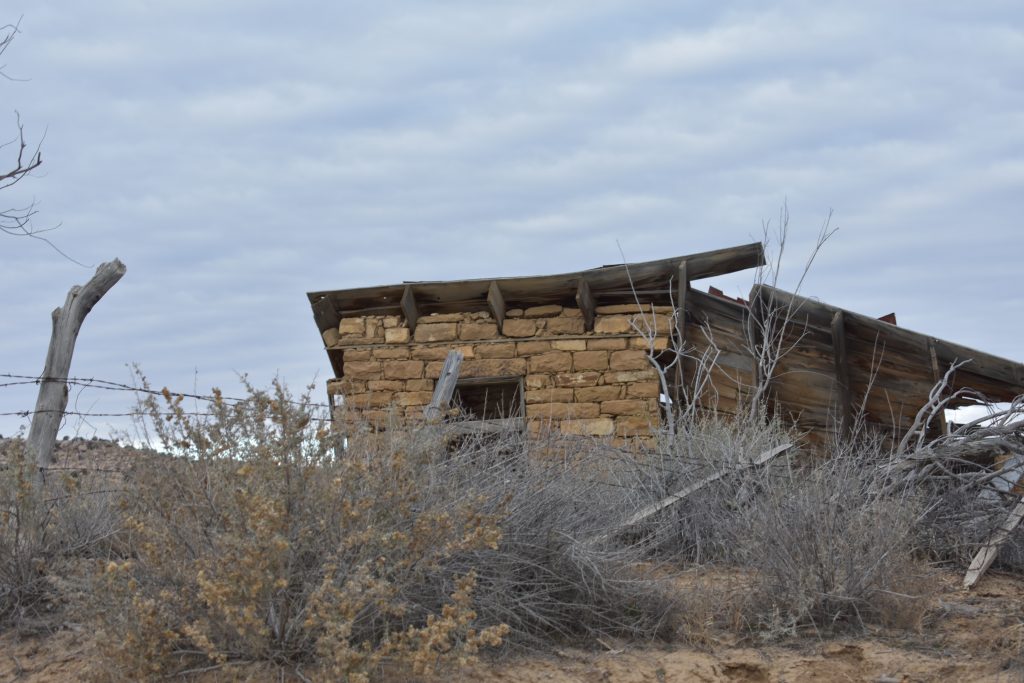April 9, 2024
As a Hopi journalist, I am deeply aware of the significance of preserving our rich cultural heritage from the prospective of our Hopi Sinom. Our history, traditions, and way of life are important and we must showcase our images with care. One invaluable tool in this endeavor is the art of photography, as showcased by Hopi Scholar Hopi photographer Charnelle (“Nellie”) Leslie.
Photographs serve as more than just visual records; they are windows into the past, allowing us to connect with our ancestors and understand their experiences. Historically, the Hopi people have not documented our land from our perspective. Through the lens of a camera, we can capture moments of everyday life, our landscape, vegetation, and the history of our people.

In a world that is constantly evolving, documenting Hopi history through photographs becomes increasingly crucial. It allows us to pass down our stories and teachings to future generations, ensuring that they remain rooted in their cultural identity. Through these images, our youth can learn about our traditions, values, and the struggles our people have faced and overcome.
Moreover, photographs serve as a form of activism, challenging misconceptions and stereotypes about Indigenous peoples. They provide a platform for us to share our perspectives, reclaim our narratives, and celebrate the beauty and resilience of Hopi culture.

As a community, we must actively engage in the documentation of our history through photography. Whether it’s preserving old family albums, participating in photo exhibitions, or embracing digital platforms, each one of us plays a vital role in safeguarding our heritage for generations to come.

However, it’s essential to approach this task with respect and sensitivity, honoring the privacy and sacredness of certain aspects of our culture. We must seek consent and collaboration from our elders and community members, recognizing their wisdom and guidance in preserving our traditions.

In essence, photographs are not merely snapshots frozen in time; they are living testimonies to our past, present, and future. They are a testament to the resilience and vitality of the Hopi people, reminding us of who we are and where we come from. Let us continue to capture the essence of our history through the lens of our cameras, ensuring that our story endures for generations to come.

